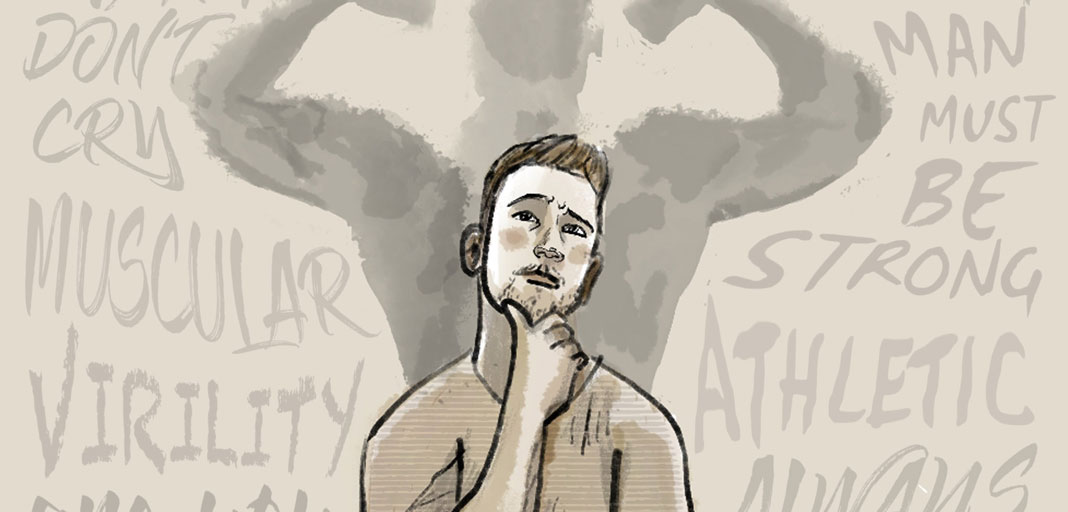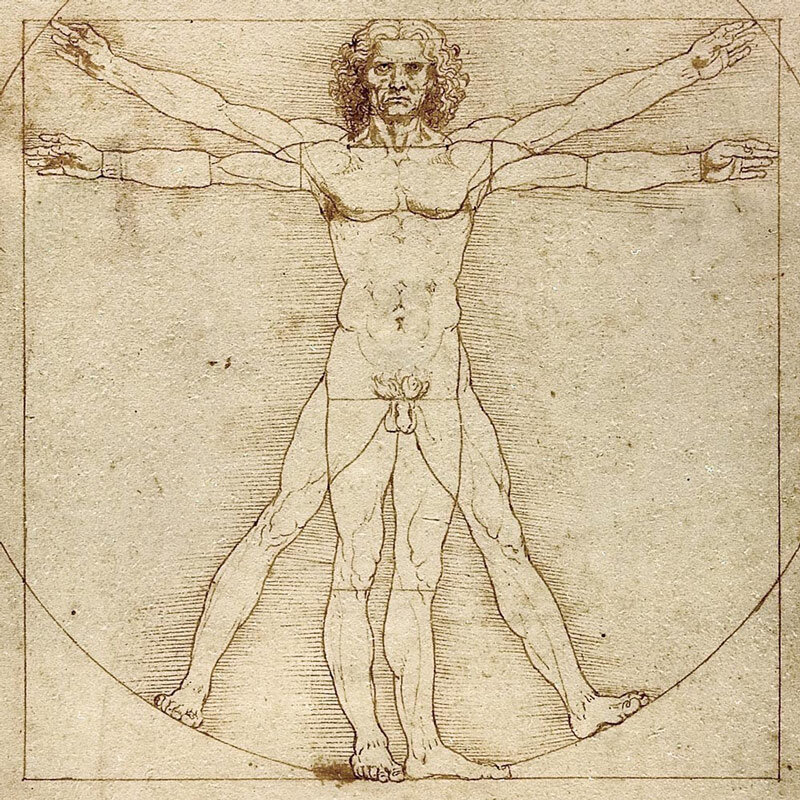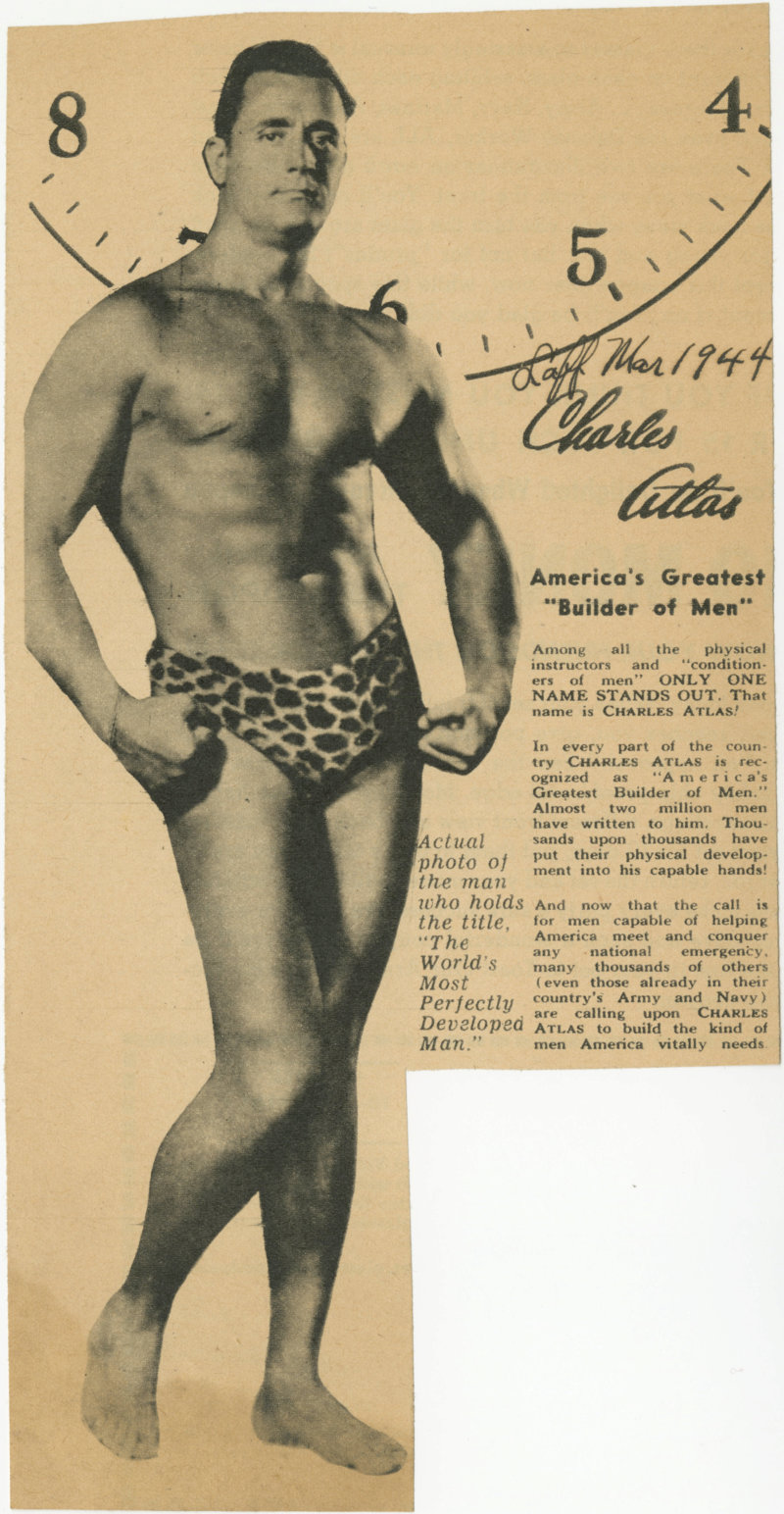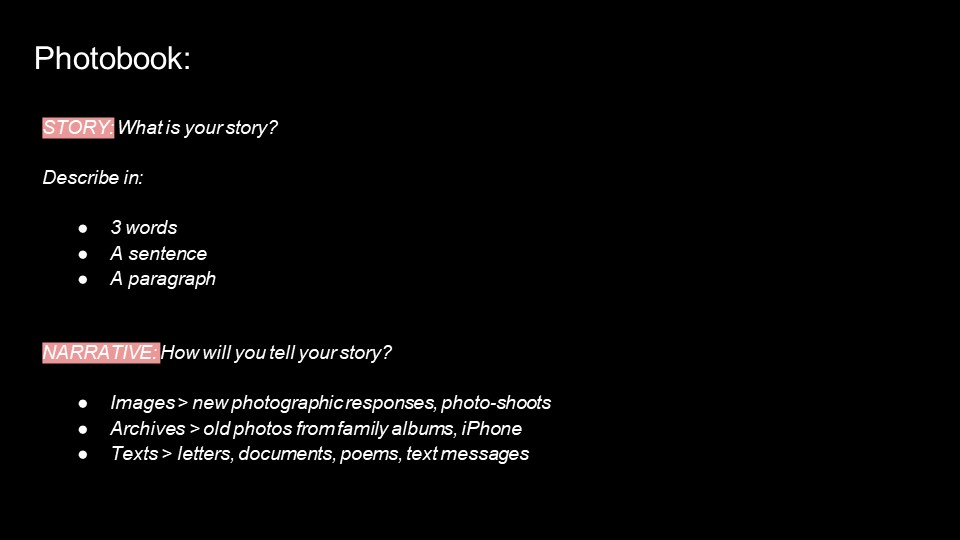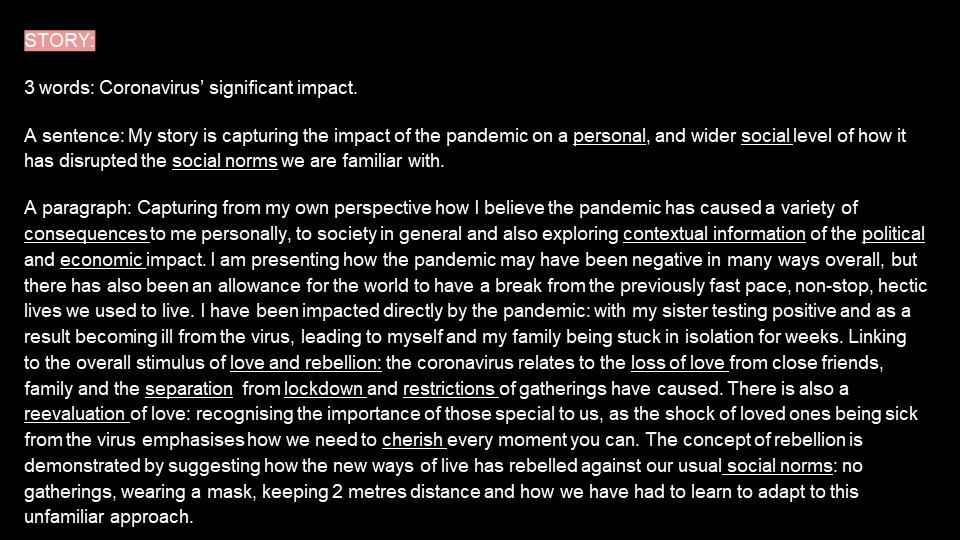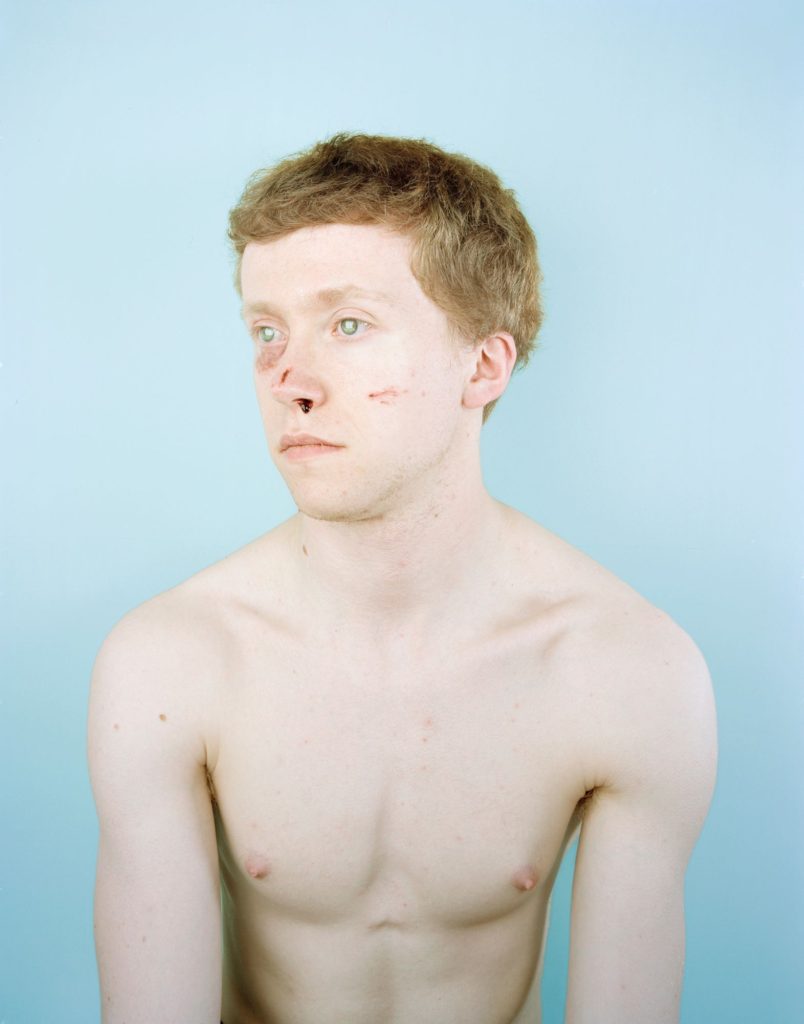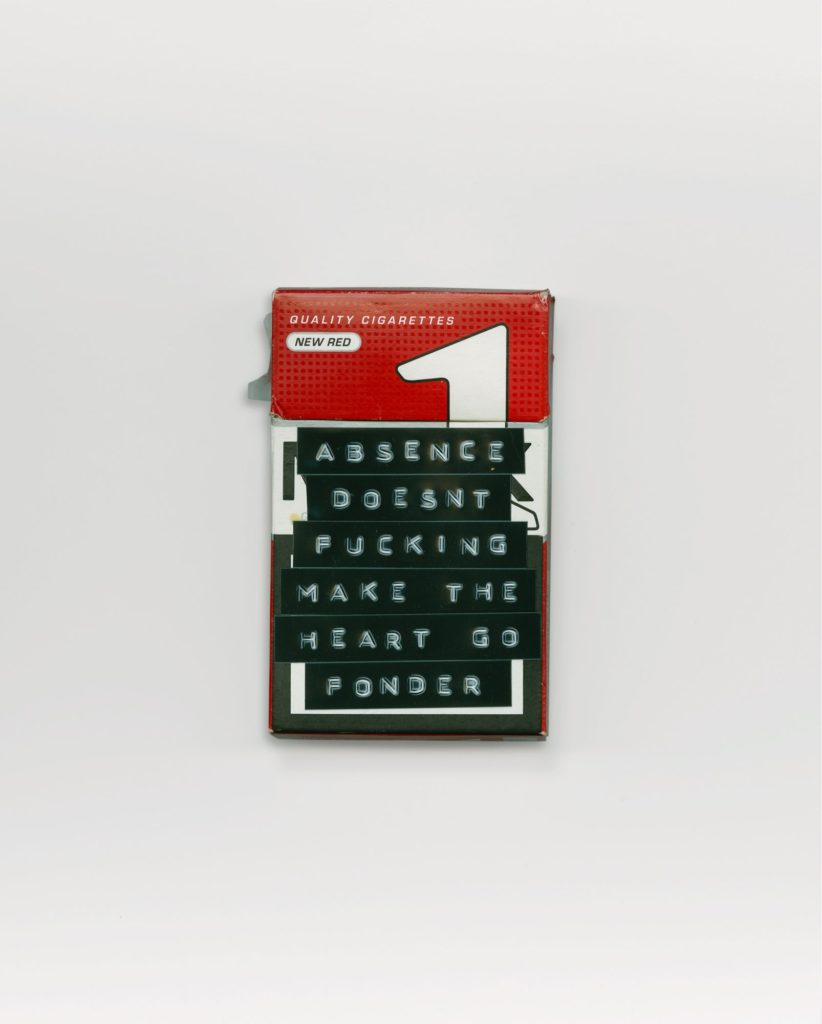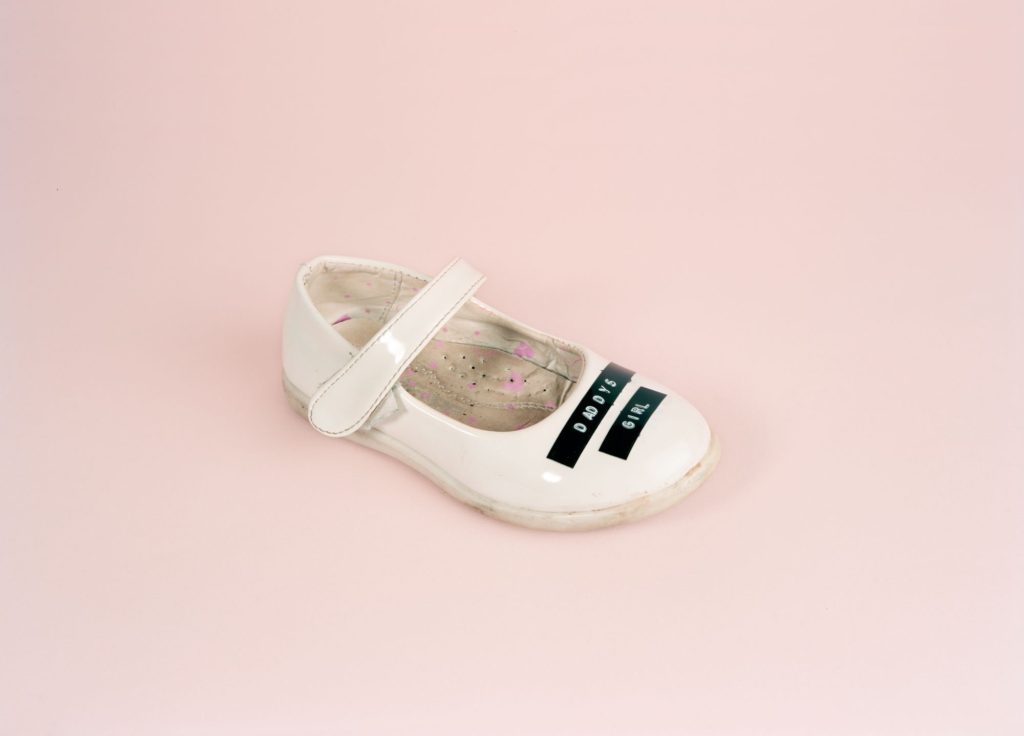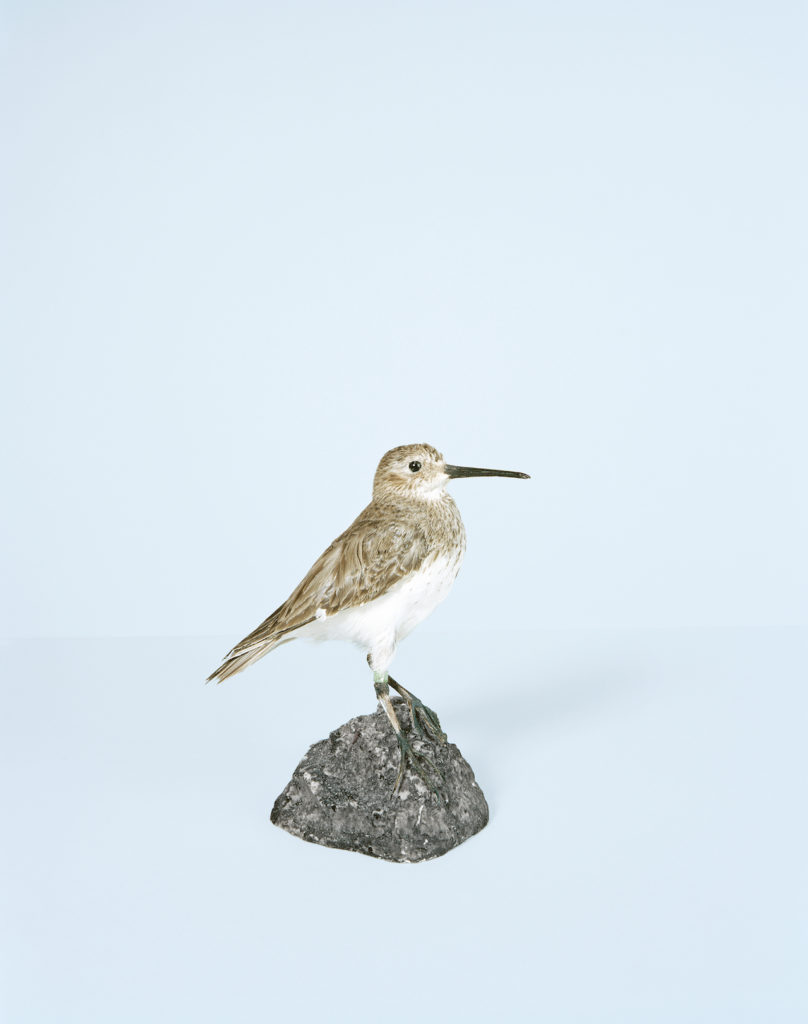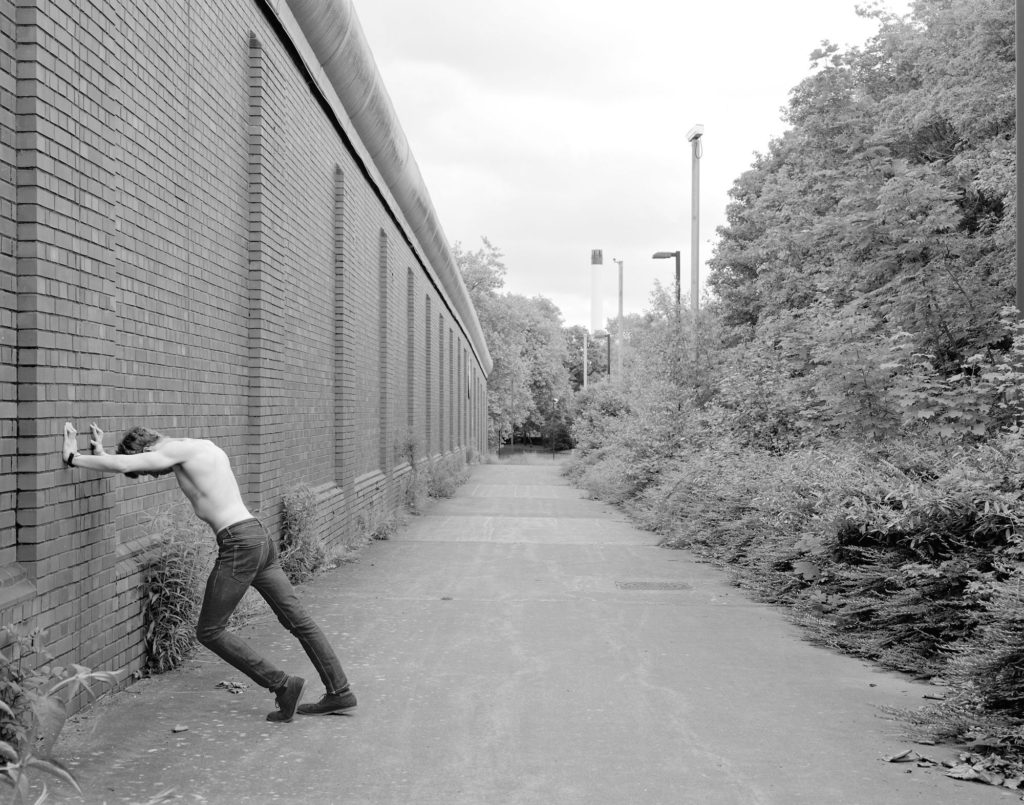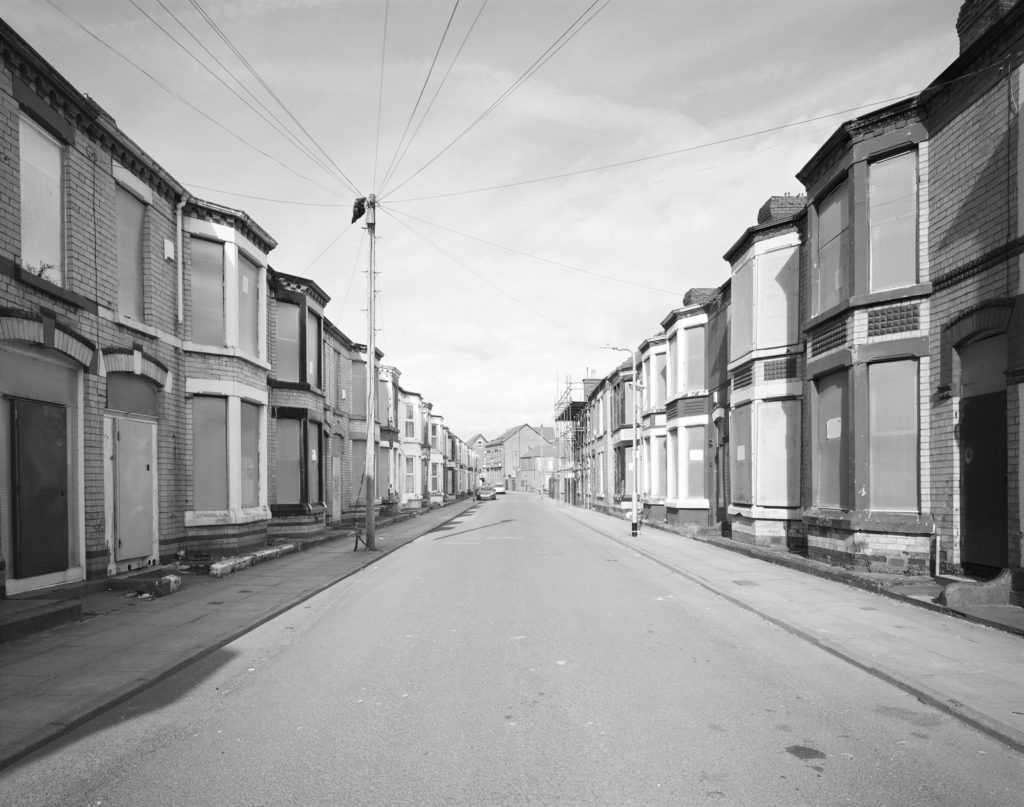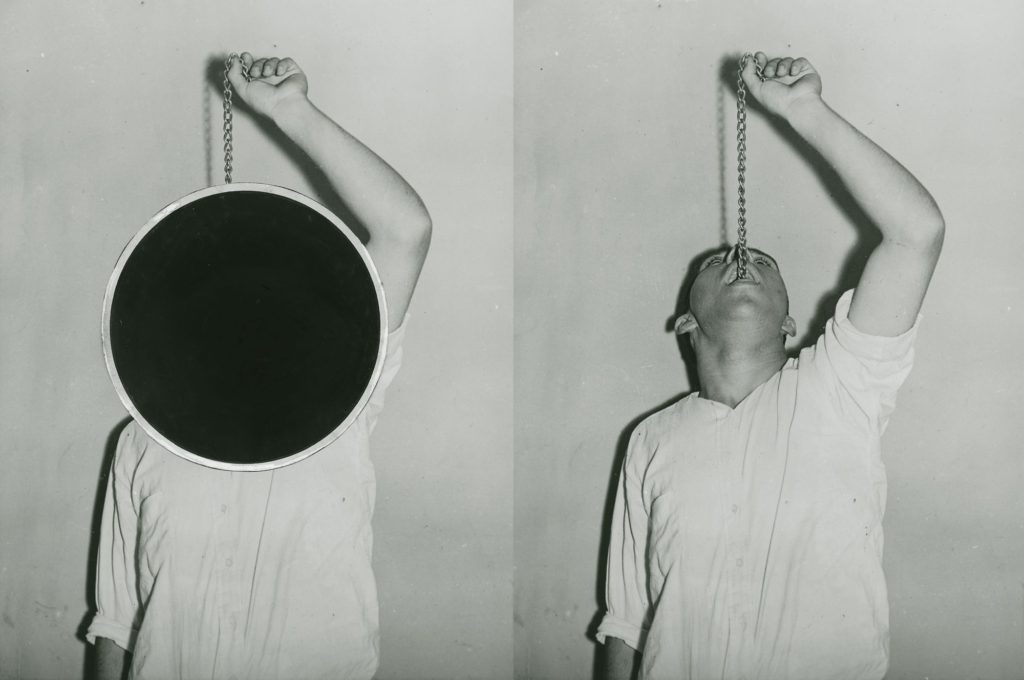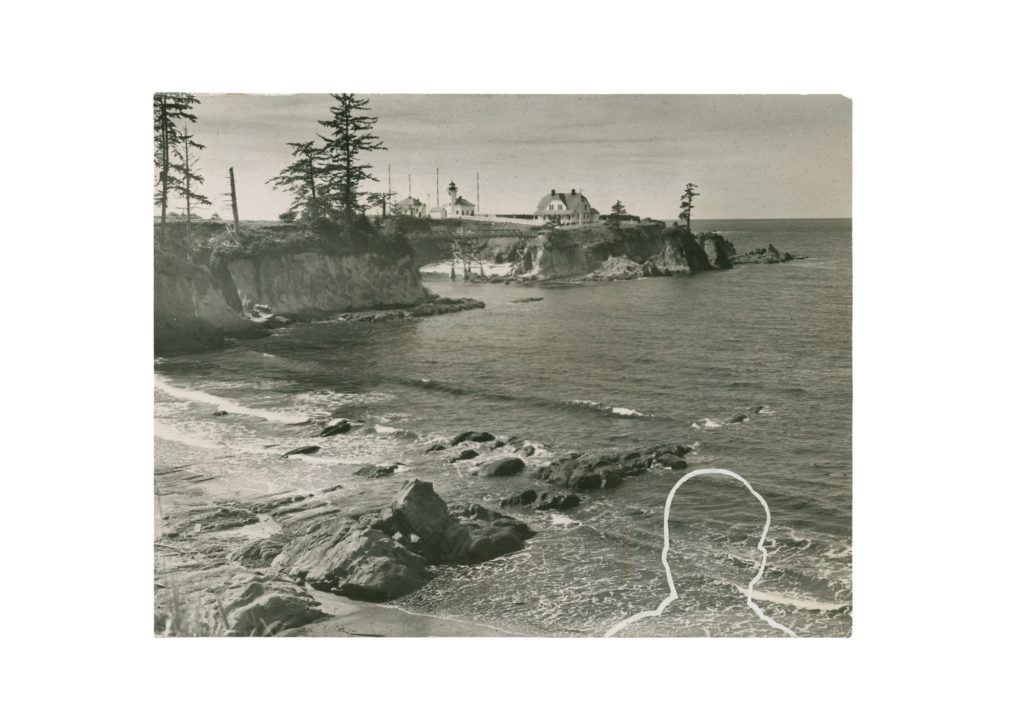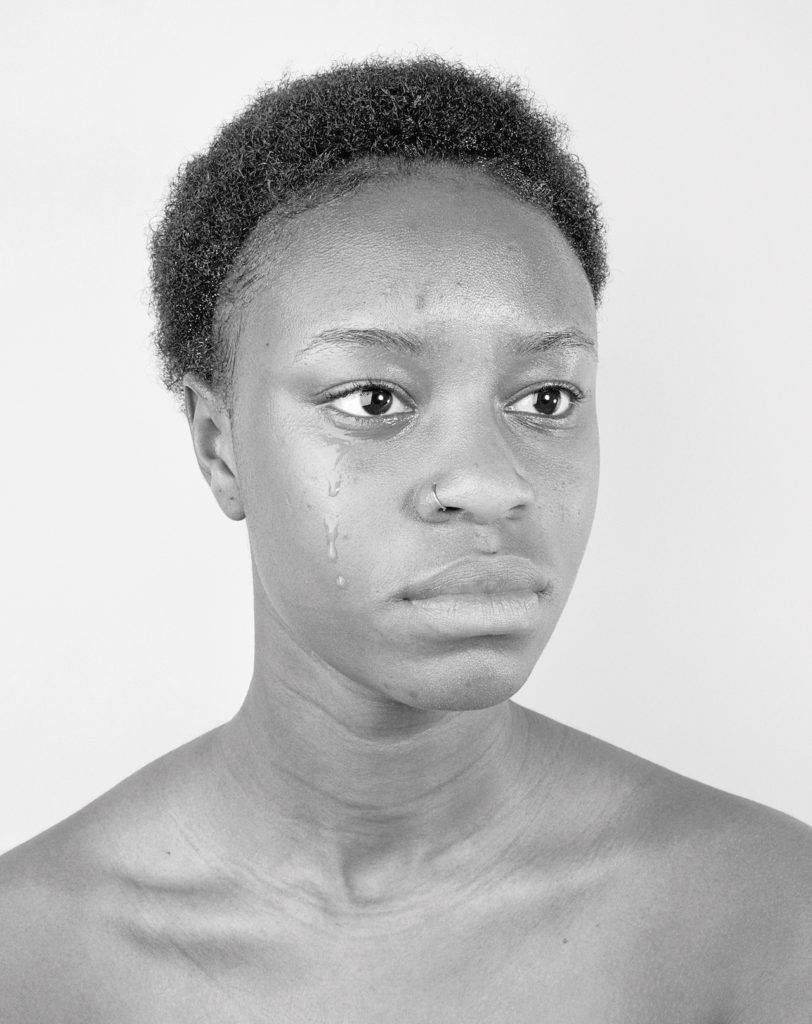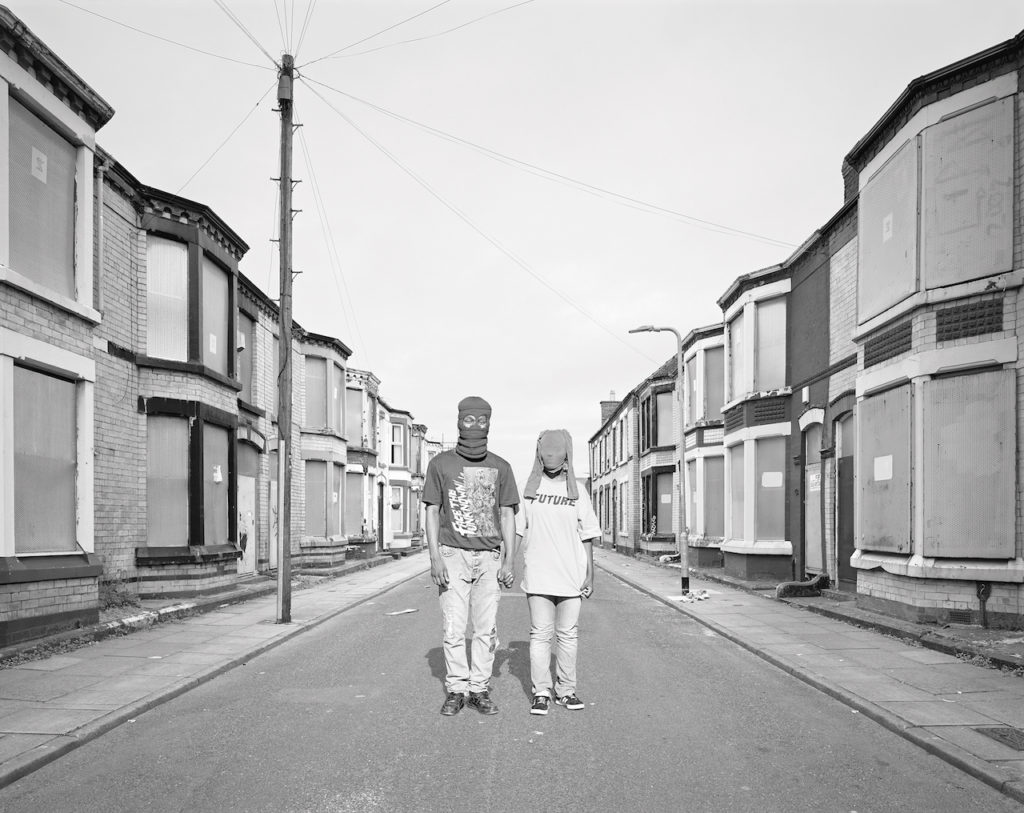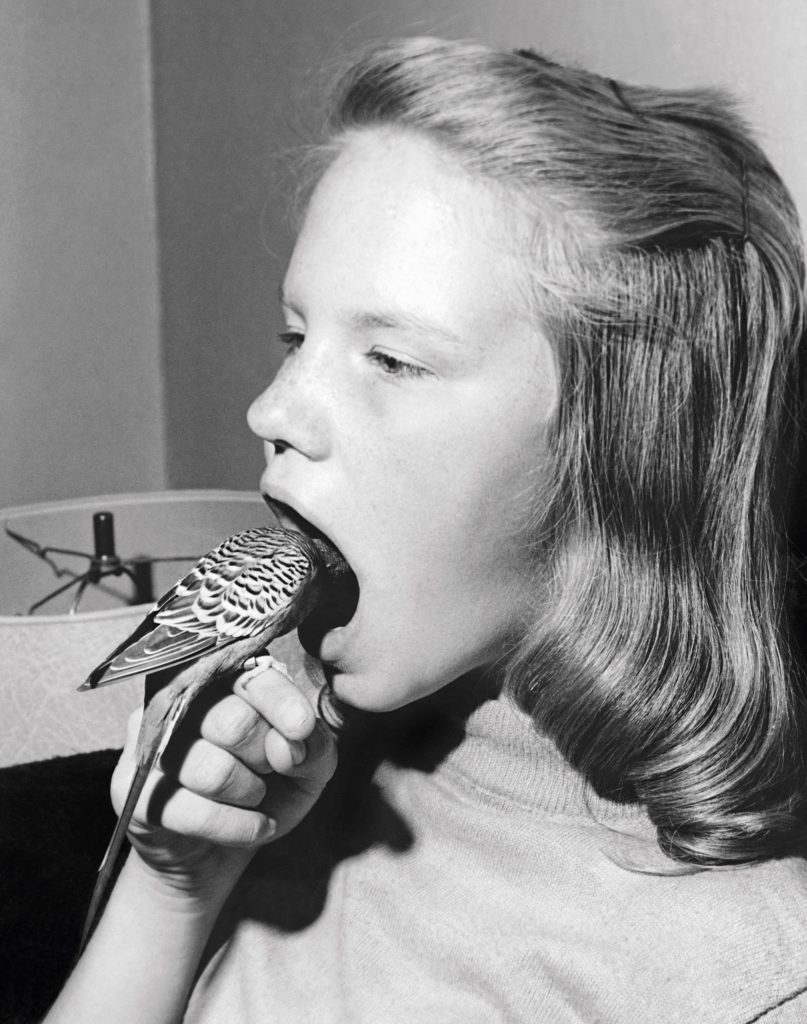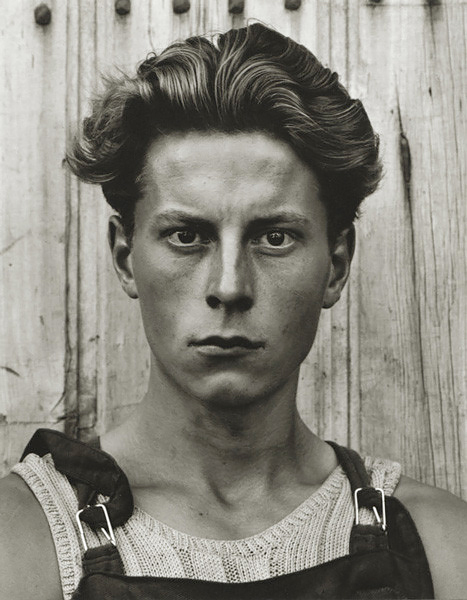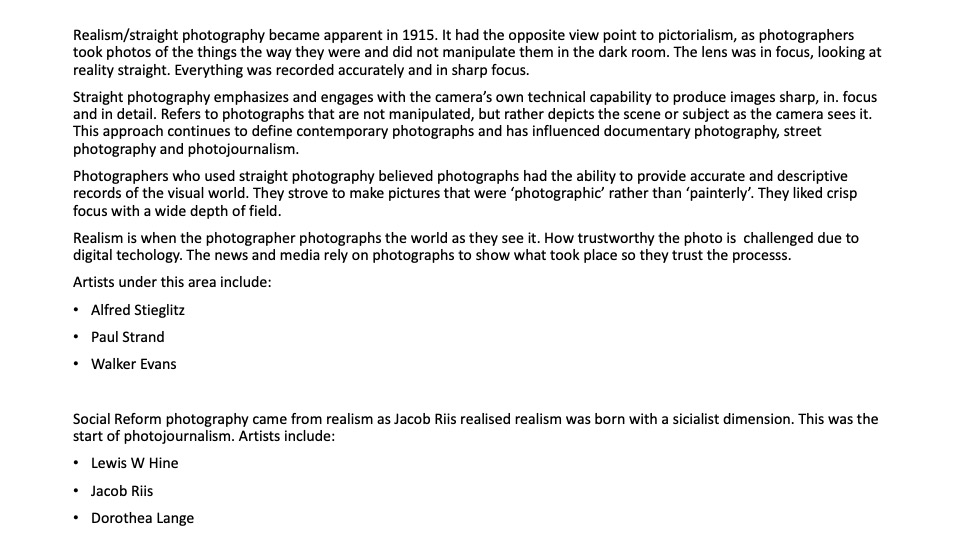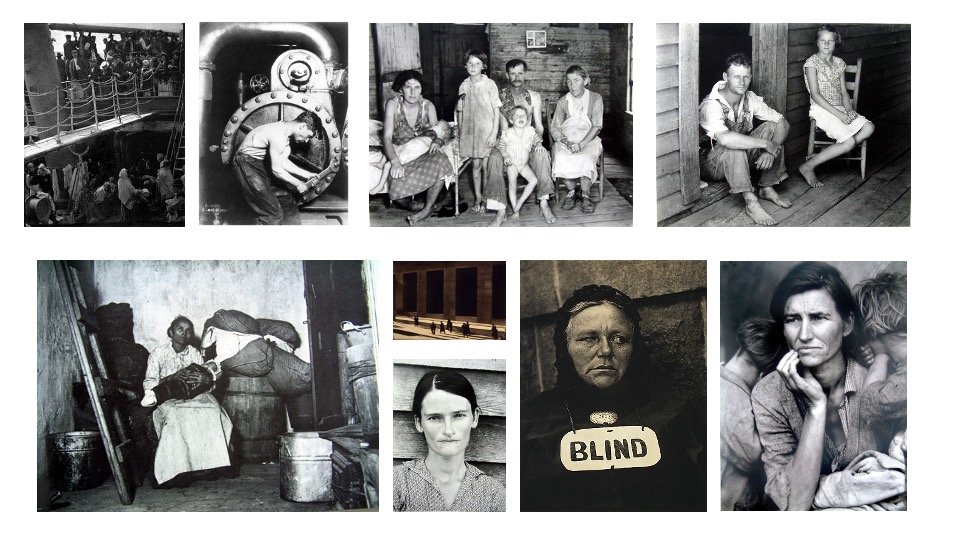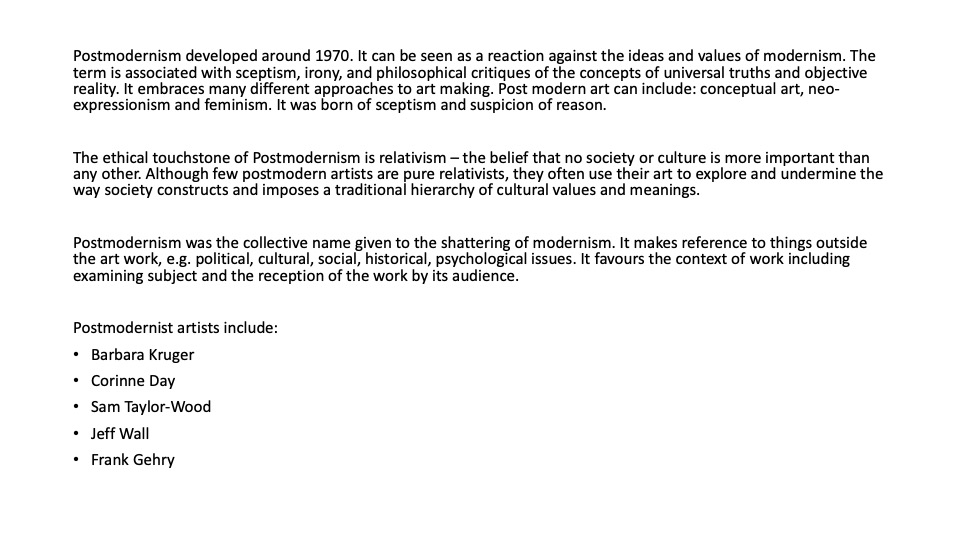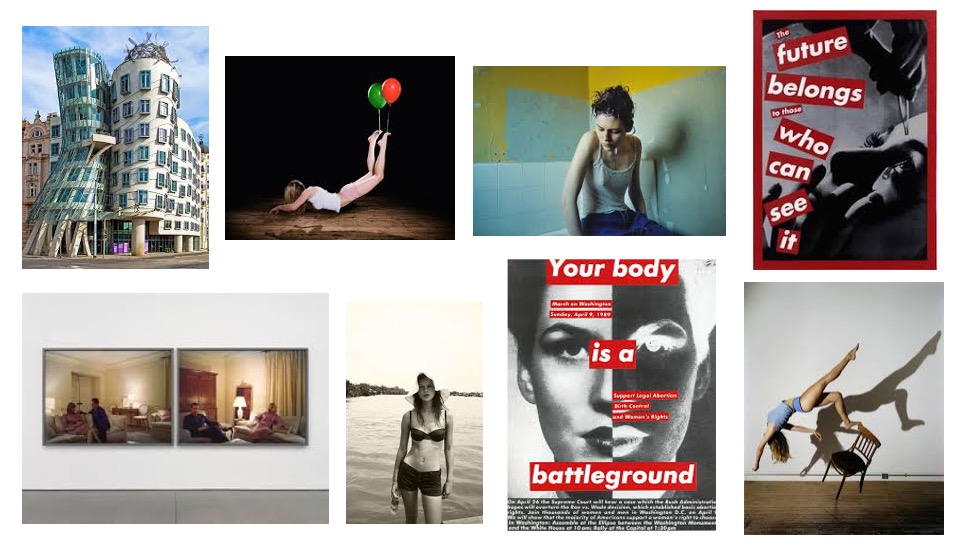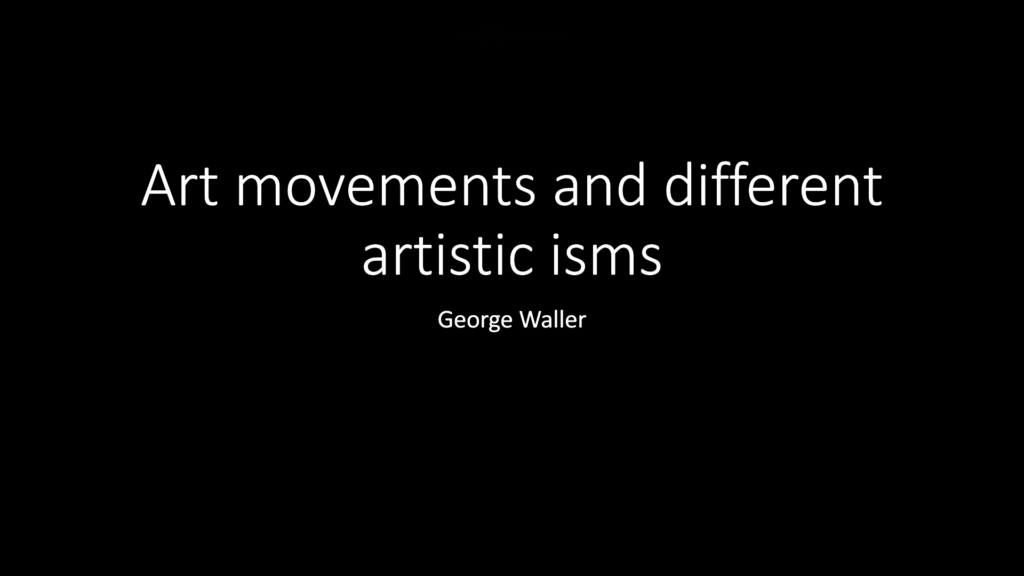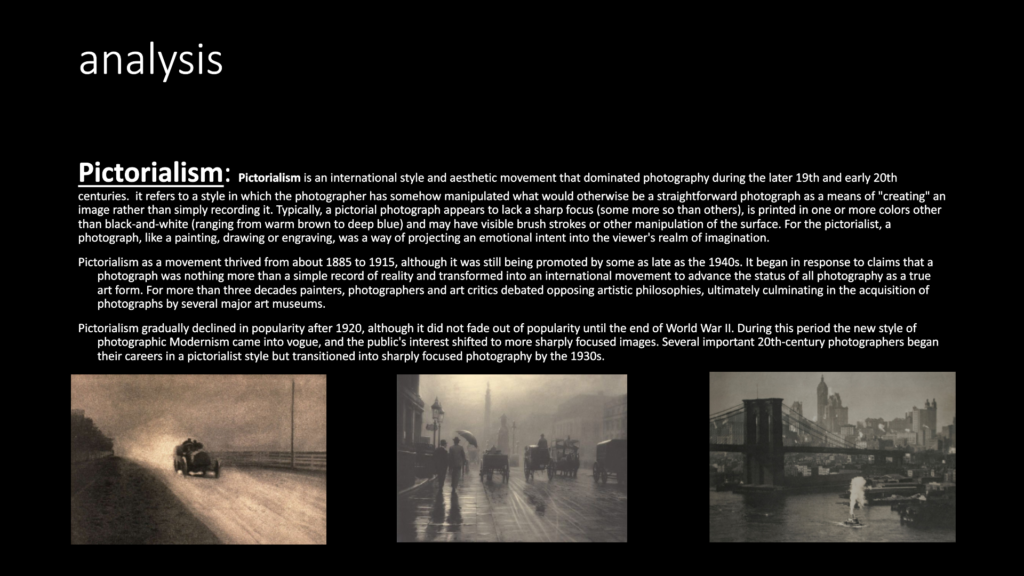Below are two art movements that inspired me to do my project, in which I will aim to adopt such styles and techniques in my own project…
PICTORIALISM
Time period
1880s-1920s
Key characteristics/conventions
Pictorialism is an international style and aesthetic movement that dominated photography during the later 19th and early 20th centuries.
Methods/ techniques/ processes
Vaseline on lenses to have foggy smudged affect, and chemicals or scratches on developing negatives. Made the images look like paintings, with depth and sketchiness through human interaction, not just the mechanical use of the camera
Artists associated
Abelardo Morell – modern contemporary. Uses old keyhole method to project outside scenes into rooms, no other interference so the light projects the image upside down. lengthy process
Alfred Stieglitz – New York in 1890 promoted idea that photography was a medium as capable of artistic expression as painting or sculpture, created photo succession group (important group in solidifying the pictorialist movement) Alfred used compositional choices and use of natural elements like rain, snow, and steam to unify components of a scene into a visually pleasing pictorial whole.
Julia Michael Cameron – pre-Raphaelite style, fairy light, unfocused. Creates angelic scenes with woman, white clothing and soft finish to present innocence.
Emerson’s Naturalistic Photography – promoted photography as art rather than science, natural and aesthetic depictions of (famously) wheat workers workers
REALISM / STRAIGHT PHOTOGRAPHY
Time period
1830/40s – 1920s
Key characteristics/ conventions
Pure photography or straight photography refers to photography that attempts to depict a scene as realistically and objectively as permitted by the medium, renouncing the use of manipulation. The West Coast Photographic Movement is best known for the use of this style. The term ‘realism’ can mean to depict things as they are, without idealizing or making abstract. It is also a 19th-century art movement, particularly strong in France, which rebelled against traditional historical, mythological and religious subjects and instead depicted scenes from life. The fathers of photography, Louis-Jacques Mandé Daguerre (1787-1851) and William Henry Fox Talbot (1800-1877), both described it as a medium that allows nature to represent itself, seemingly without the intervention of the artist.
Methods/ techniques/ processes
Methods include using tripods and natural light facing the subject in order to create still, focused and detailed images of a subject, often a person.
Artists associated
Paul Strand – Paul Strand was an American photographer and filmmaker who, along with fellow modernist photographers like Alfred Stieglitz and Edward Weston, helped establish photography as an art form in the 20th century. In the 1930s, he helped found the Photo League.
Edward Weston – Edward Henry Weston was a 20th-century American photographer. He has been called “one of the most innovative and influential American photographers…” and “one of the masters of 20th century photography.”
Walker Evans – Walker Evans was an American photographer and photojournalist best known for his work for the Farm Security Administration documenting the effects of the Great Depression. Much of Evans’s work from the FSA period uses the large-format, 8×10-inch view camera.

